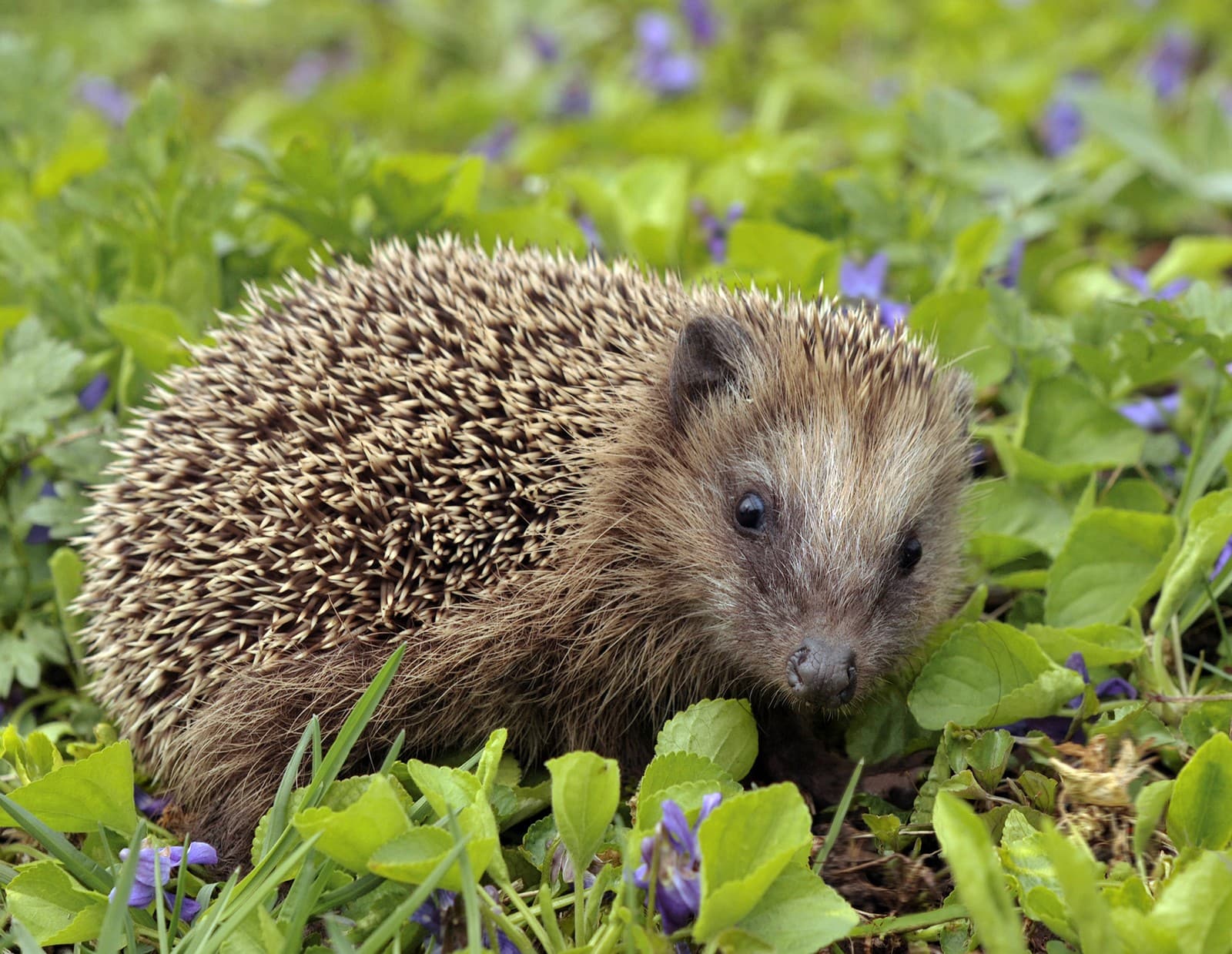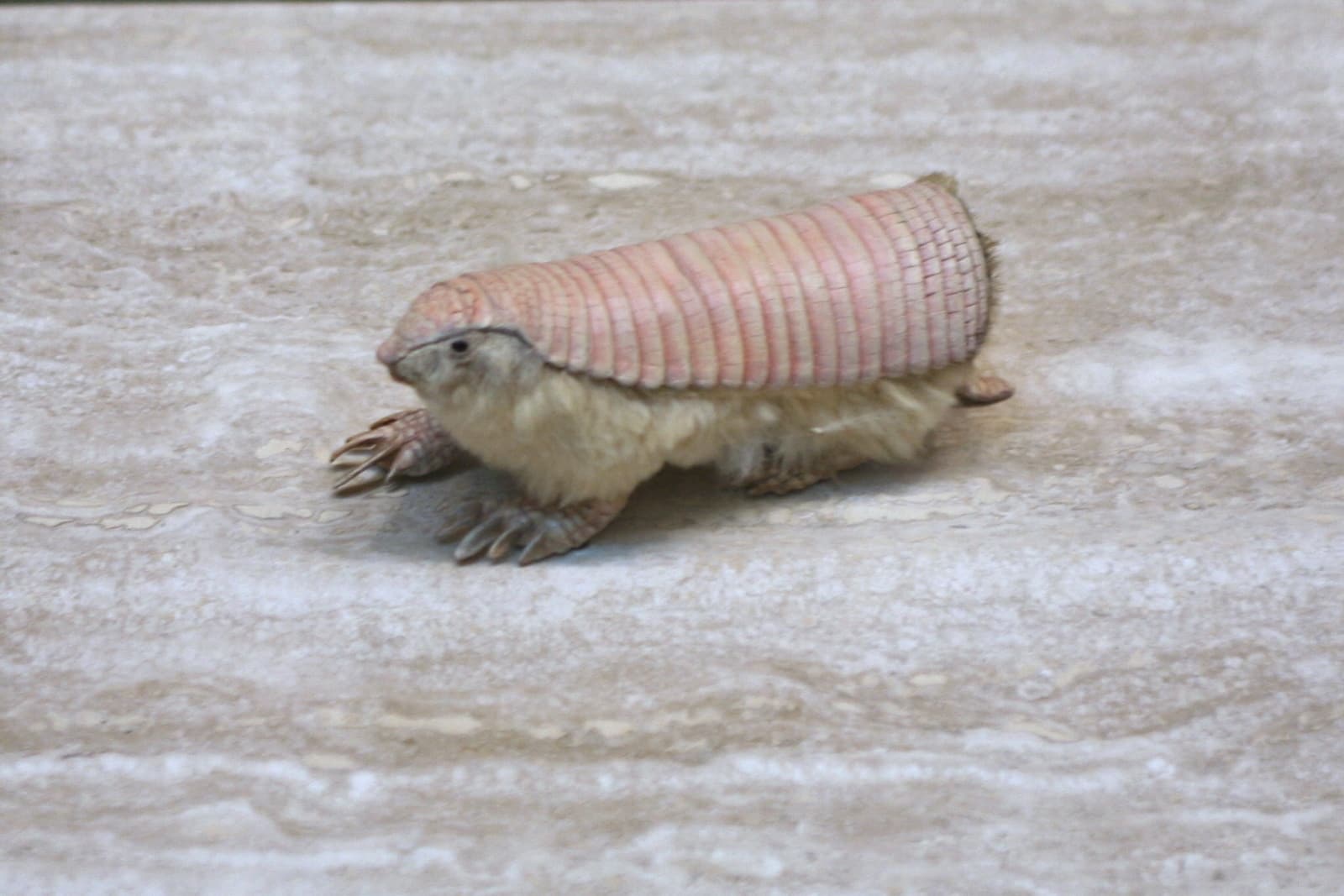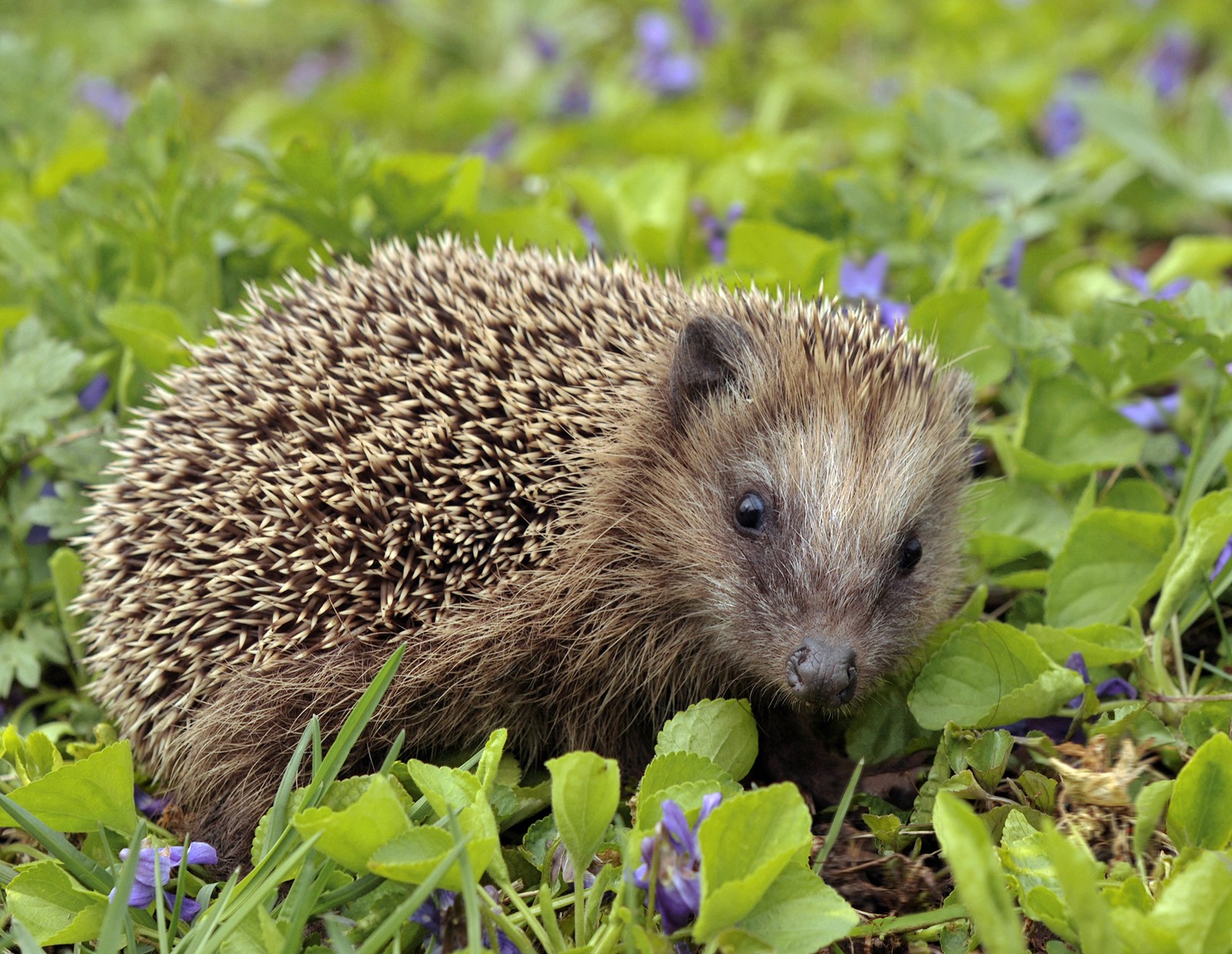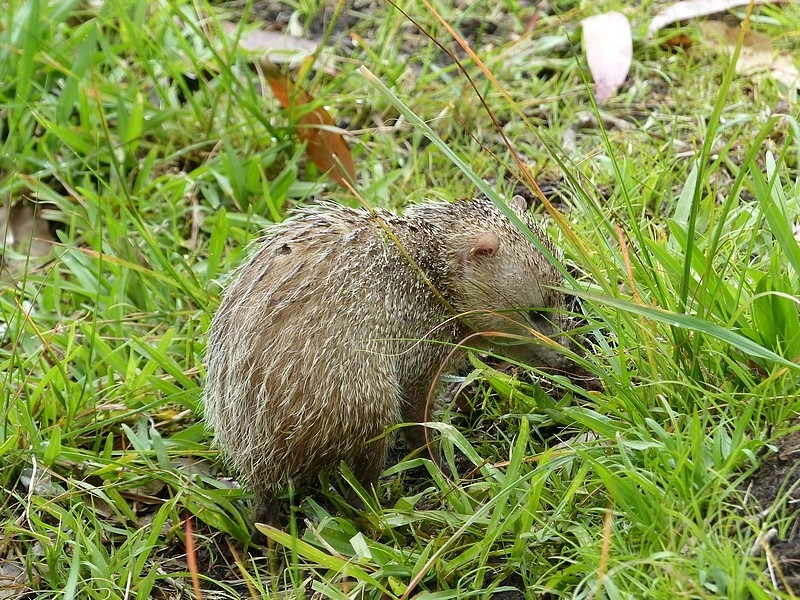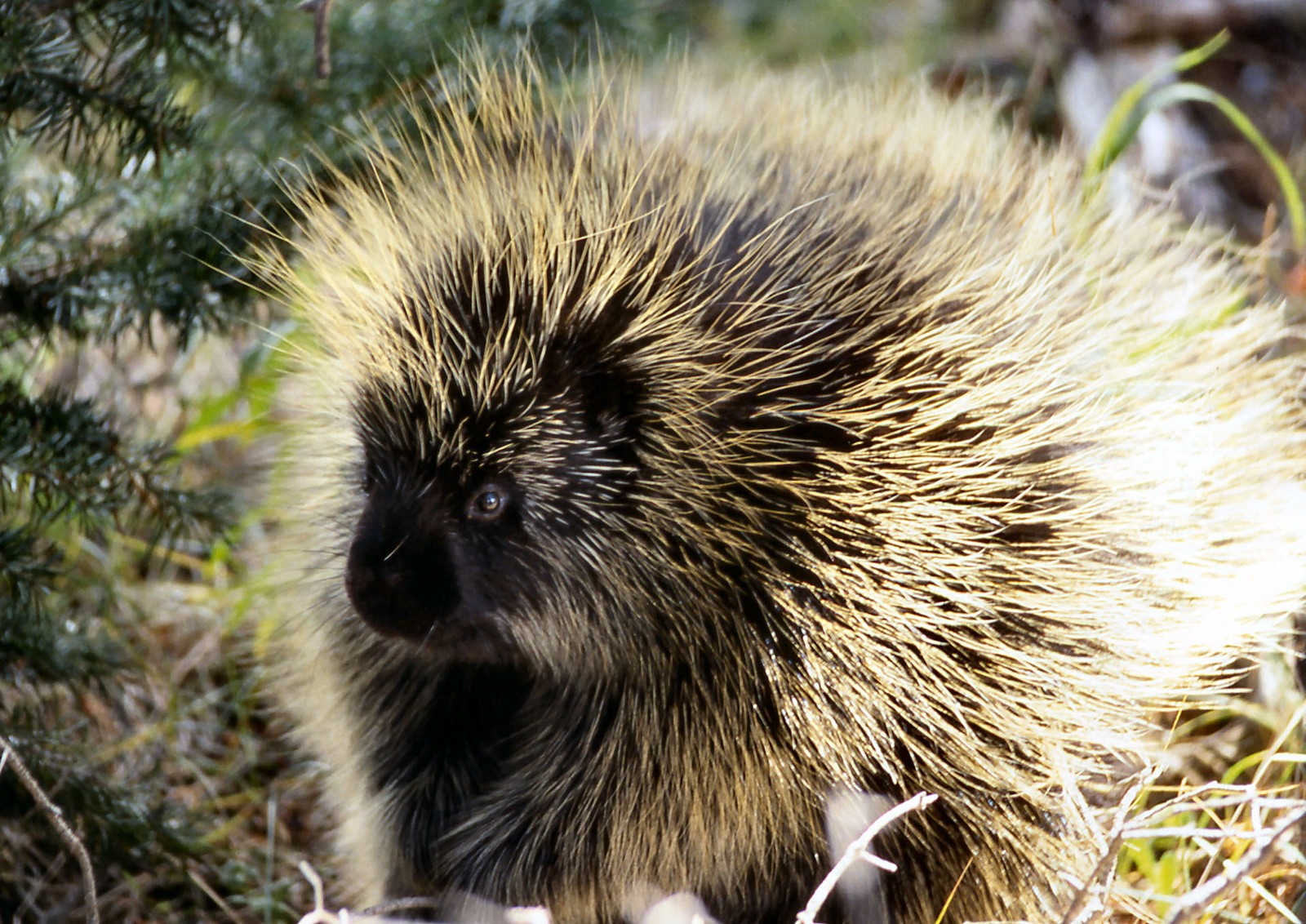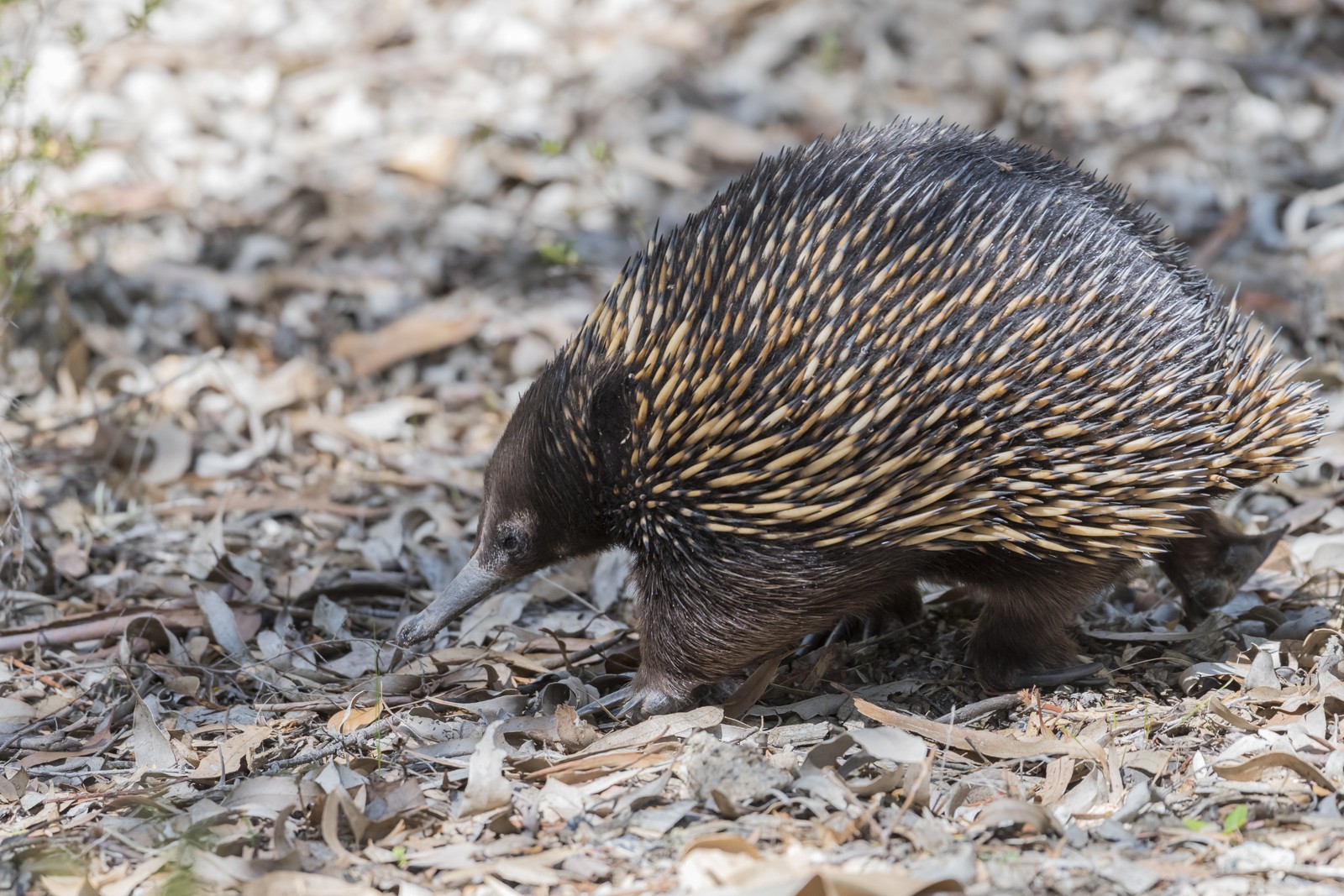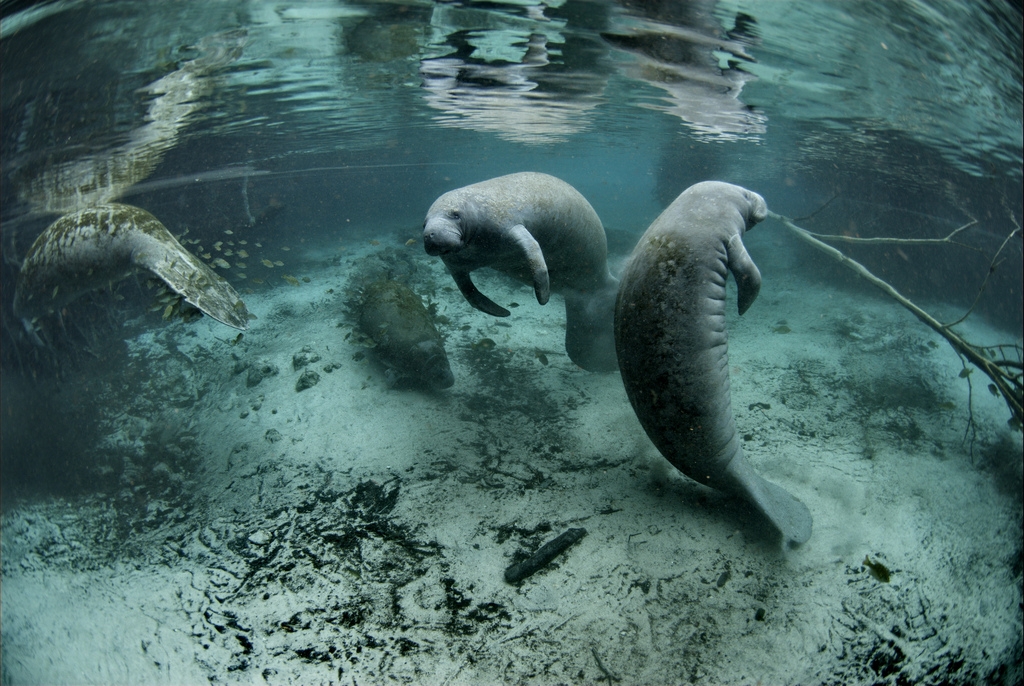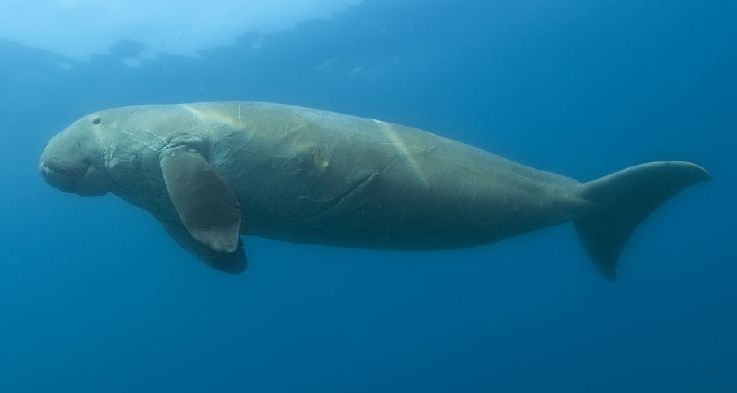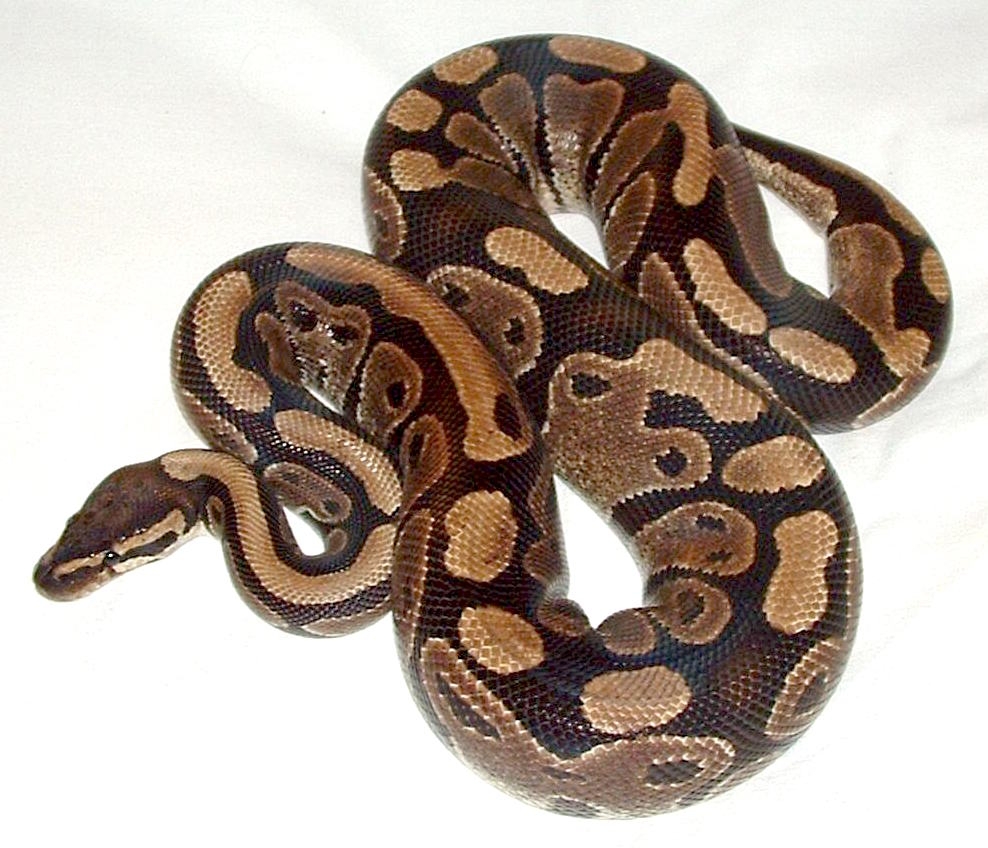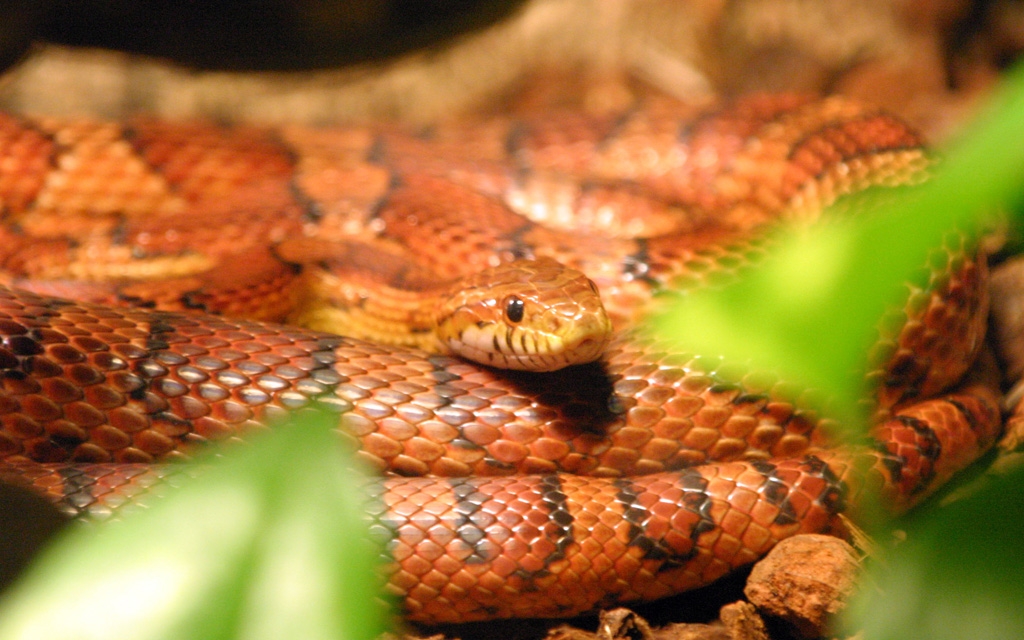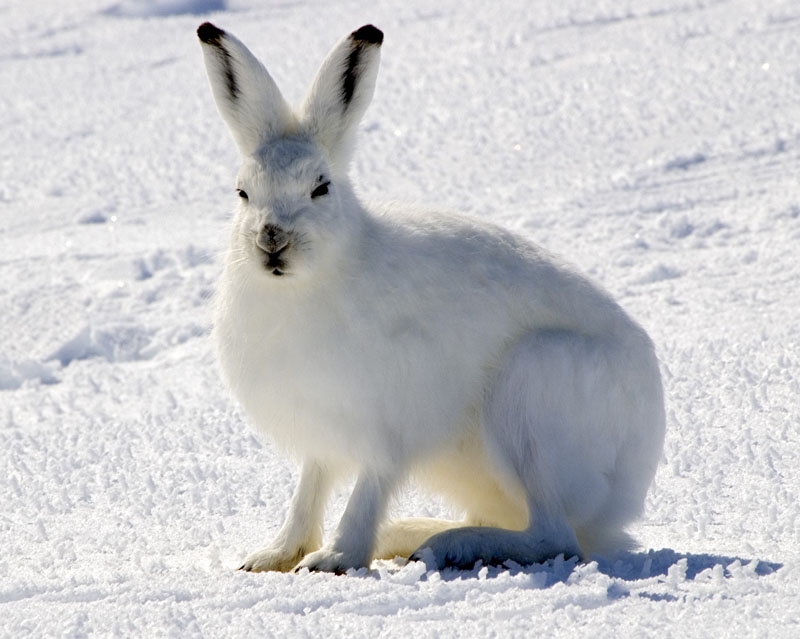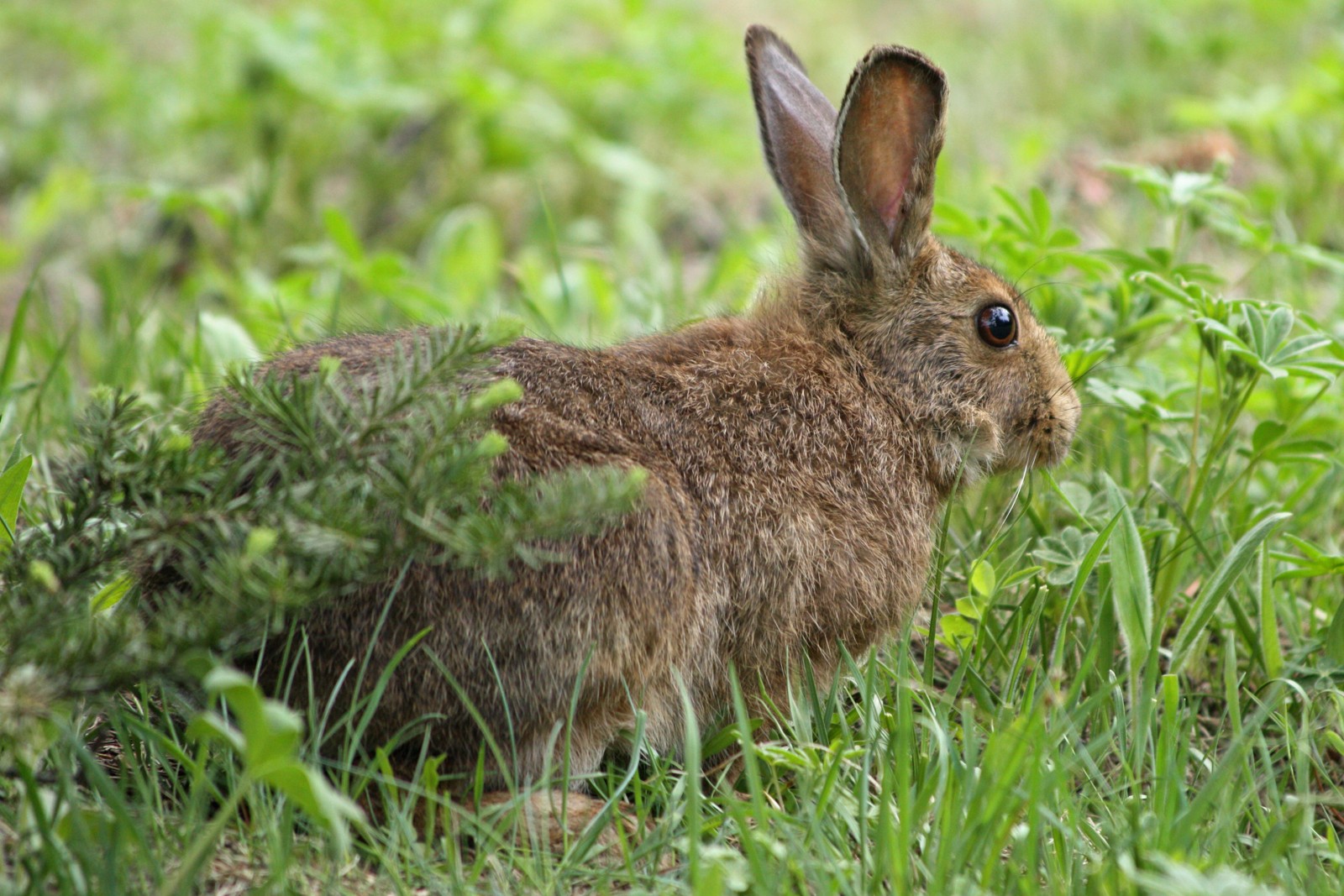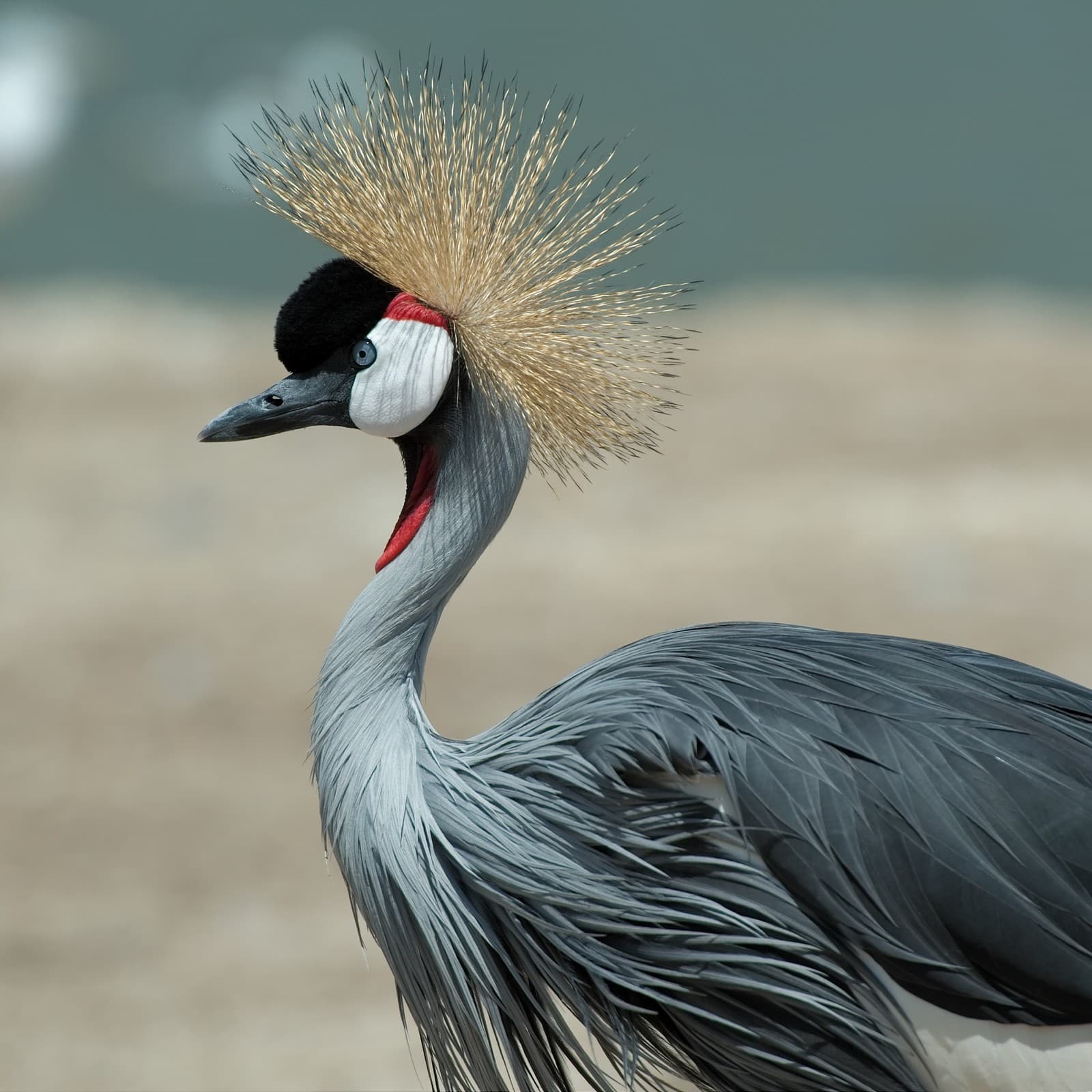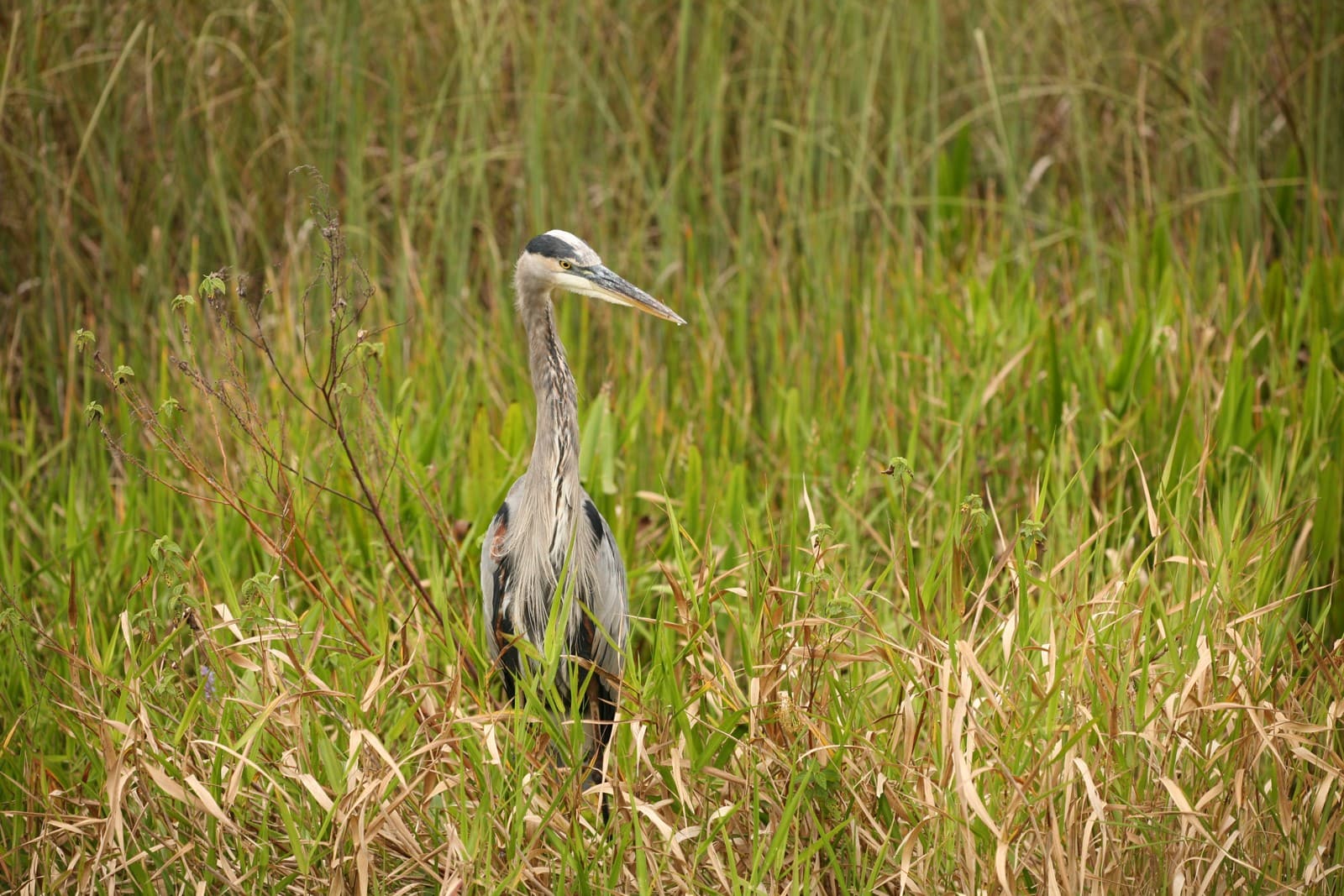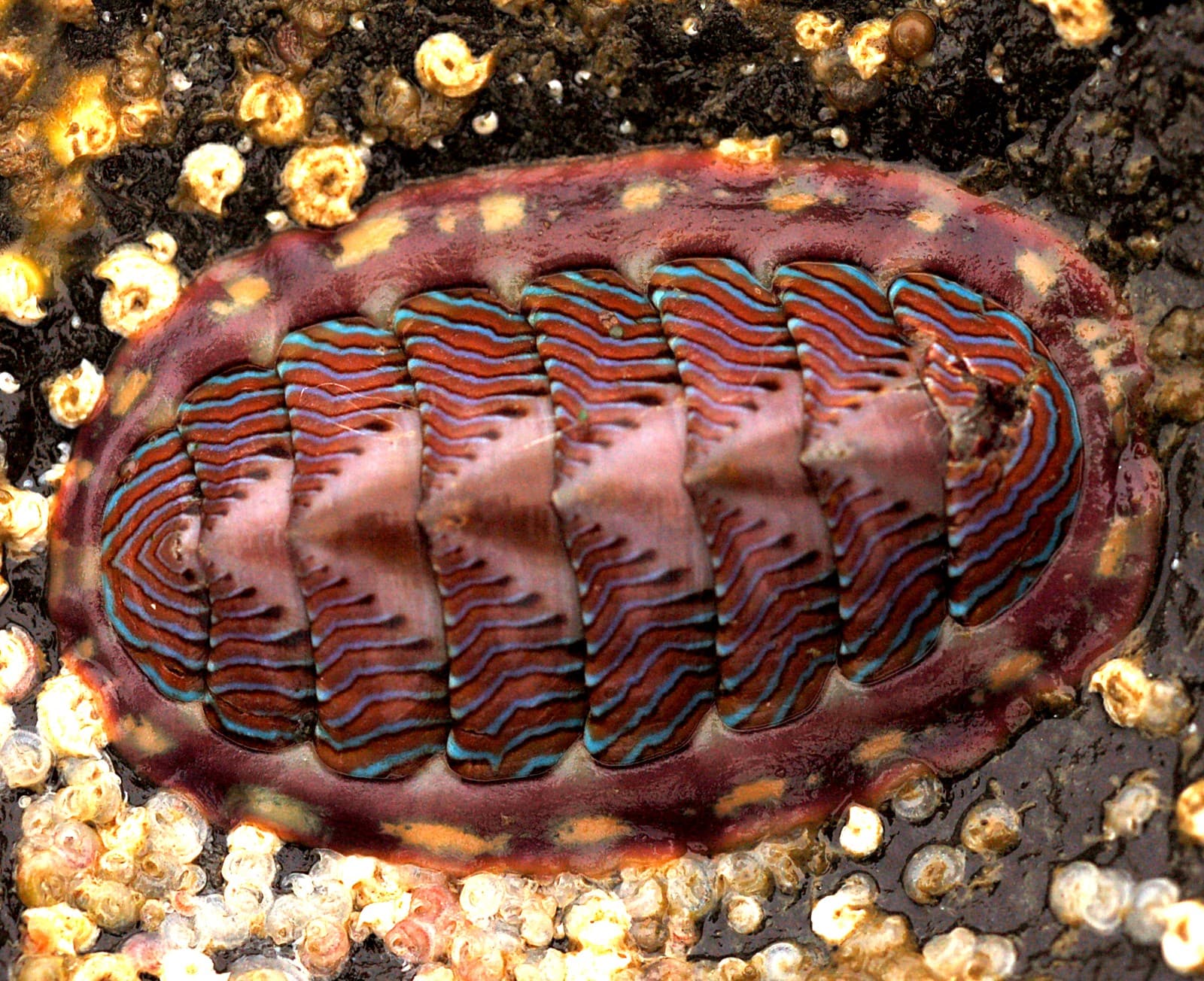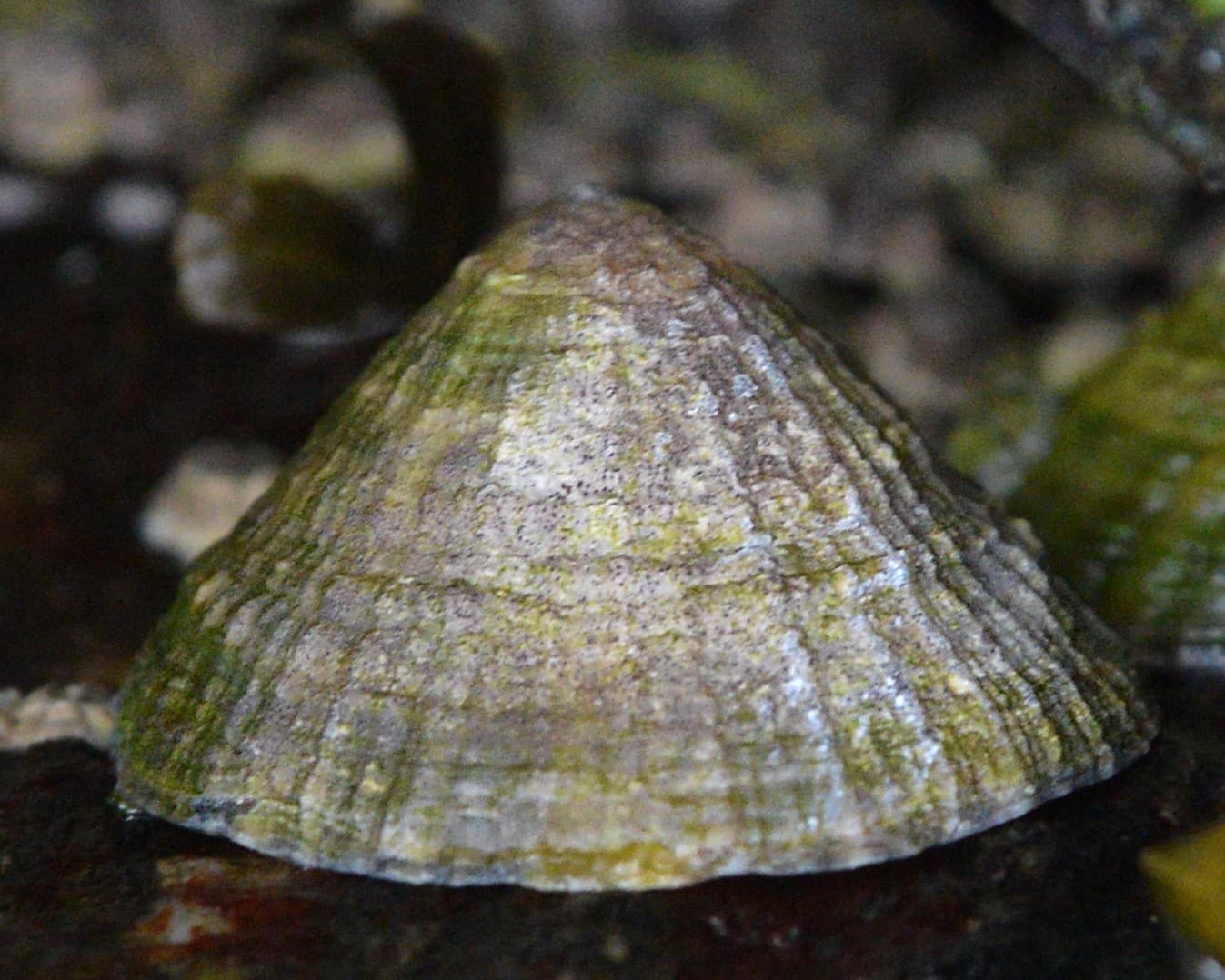Hedgehog vs Porcupine: A Complete Comparison
While hedgehogs and porcupines both sport defensive spines, these remarkable mammals couldn’t be more different. Porcupines are substantially larger, weighing up to 40 pounds (18 kg), while hedgehogs typically reach only 2.2 pounds (1 kg). These spiny mammals diverged evolutionarily over 100 million years ago, developing distinct survival strategies and behaviors.
Despite their superficial similarities, hedgehogs and porcupines belong to entirely different taxonomic orders. Hedgehogs are insectivores from the order Eulipotyphla, while porcupines are rodents from the order Rodentia. This fundamental difference influences everything from their diet to their defensive mechanisms.
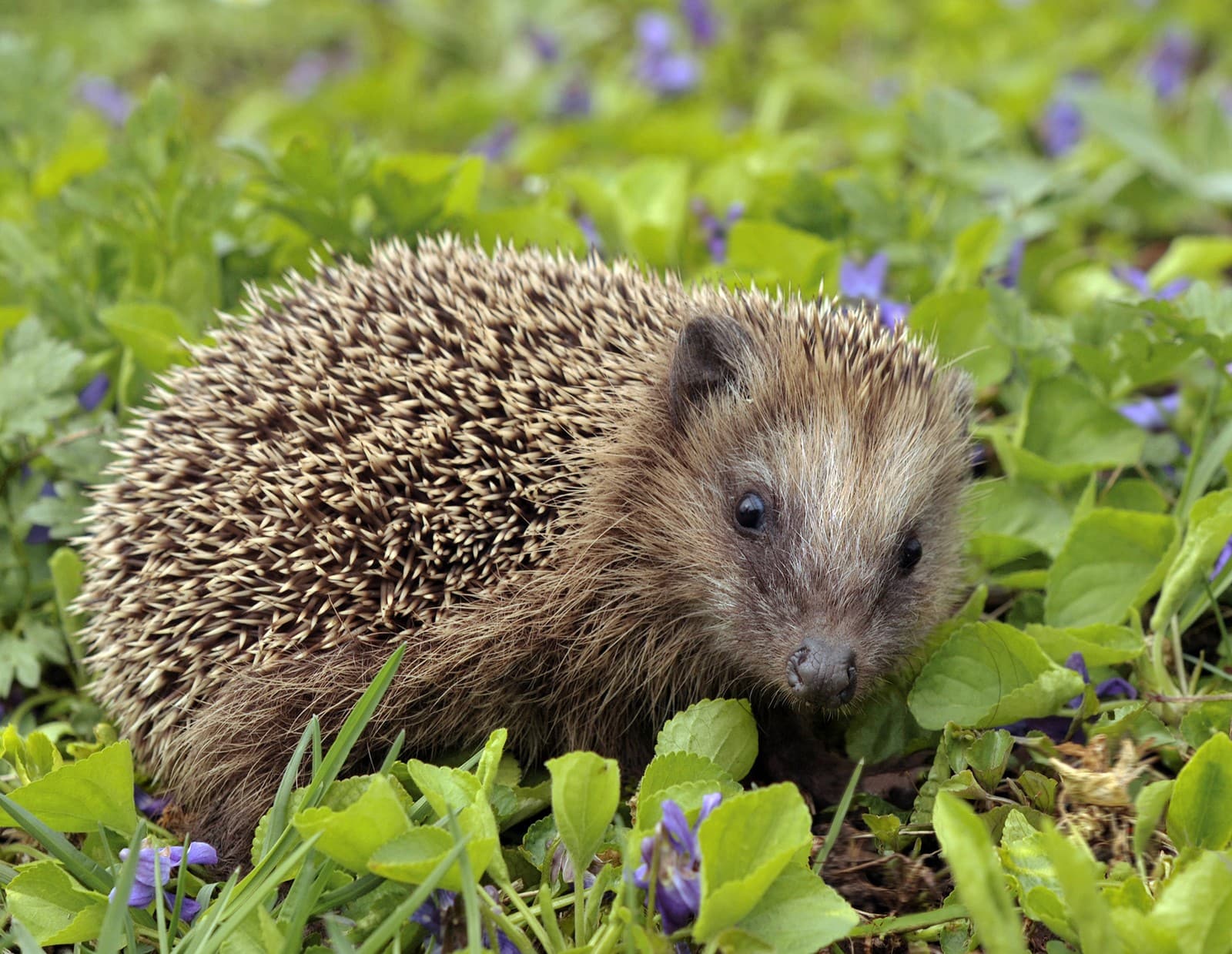
A European hedgehog displays its characteristic short, dense spines while foraging. Unlike porcupines, hedgehogs have shorter quills that remain permanently attached and serve primarily as armor rather than projectiles.
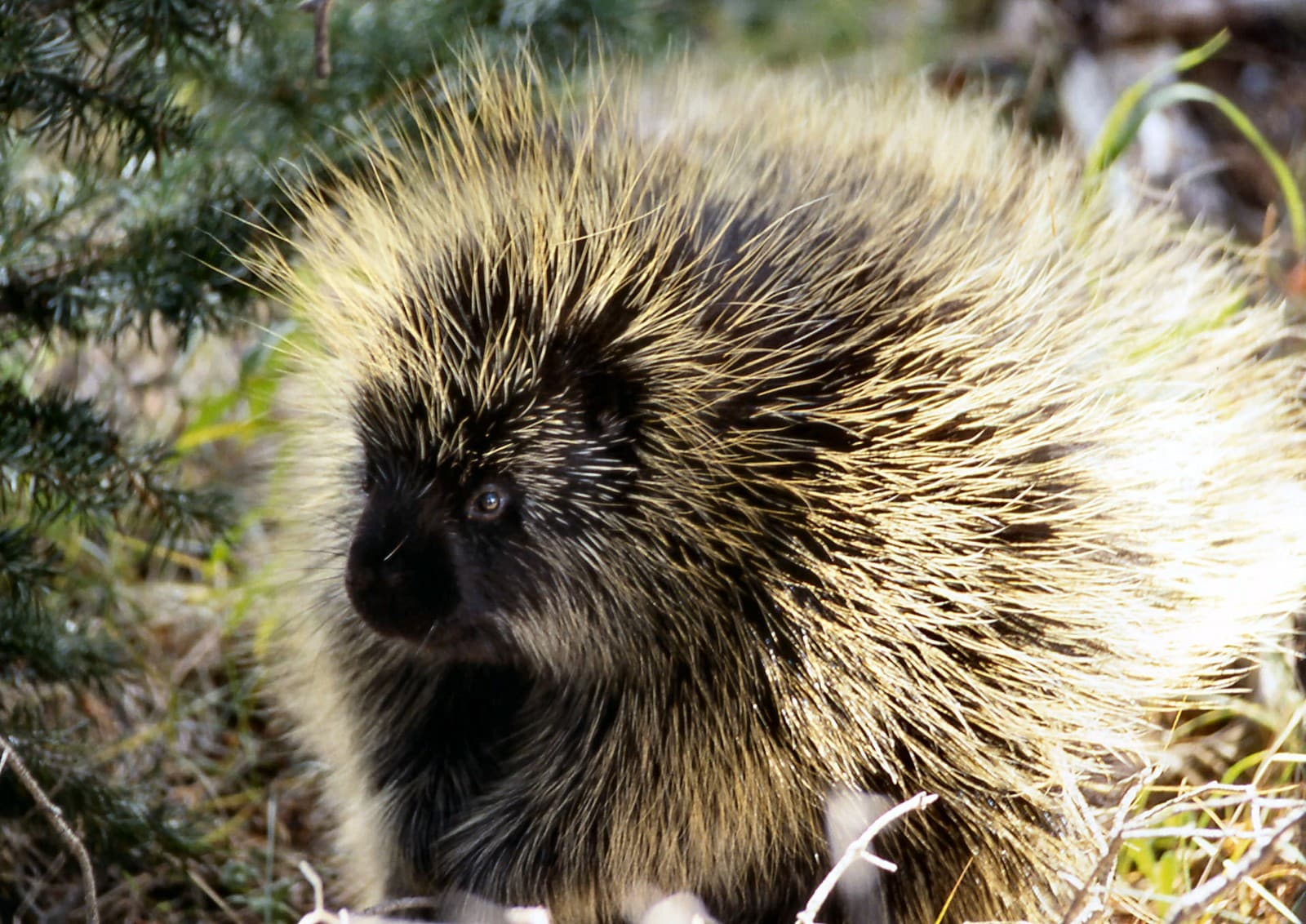
The North American porcupine showcases its impressive array of defensive quills, which can measure up to 4 inches (10 cm) long. These specialized hairs are designed to detach easily when threatened, embedding themselves in potential predators.
Key Differences Between Hedgehogs and Porcupines
| Feature | Hedgehog | Porcupine |
|---|---|---|
| Size | 5-12 inches (13-30 cm) | 25-36 inches (63-91 cm) |
| Weight | 0.5-2.2 lbs (0.2-1 kg) | 12-40 lbs (5.4-18 kg) |
| Spine Length | 0.6-1 inch (1.5-2.5 cm) | 1.2-4 inches (3-10 cm) |
| Diet | Insects, snails, small prey | Bark, leaves, stems |
| Defense Mechanism | Rolls into ball, keeps spines | Releases detachable quills |
| Habitat | Gardens, woodlands, grasslands | Forests, deserts, rocky areas |
Defensive Strategies and Behavior
Hedgehogs and porcupines employ markedly different defensive tactics when threatened. Hedgehogs curl into a tight ball, creating an impenetrable sphere of spines pointing outward in all directions. Their spines remain firmly attached and serve as armor rather than ammunition.
Porcupines, conversely, utilize their quills as defensive weapons. When threatened, they will turn their back toward the predator, raise their quills, and swish their tails as a warning. The quills detach easily upon contact and can become firmly embedded in an attacker’s flesh.
Habitat and Distribution
Hedgehogs thrive in temperate regions across Europe, Asia, and Africa, preferring gardens, woodlands, and grasslands where insects are abundant. These small mammals have adapted well to urban environments, often becoming welcome garden residents.
Porcupines have a broader global distribution, with species found across North and South America, Africa, and Asia. New World porcupines are primarily arboreal, while Old World species tend to be terrestrial. They inhabit diverse environments from tropical forests to desert scrublands.
Diet and Feeding Habits
The dietary preferences of these spiny mammals reflect their distinct evolutionary paths:
-
Hedgehogs are primarily insectivorous, consuming:
- Beetles and caterpillars
- Earthworms and slugs
- Occasional small vertebrates
- Some plant matter
-
Porcupines are herbivorous, feeding on:
- Tree bark and cambium
- Leaves and twigs
- Fruits and berries
- Tender plant shoots
Who Would Win in a Confrontation?
While neither animal is naturally aggressive toward others, size difference makes this comparison straightforward. A porcupine’s superior size (up to 20 times heavier) and longer, detachable quills give it a significant advantage over the smaller hedgehog. However, such encounters would never occur naturally due to different habitats and geographic distributions.
Conservation Status and Threats
Both species face challenges in the modern world:
-
Hedgehog threats:
- Habitat fragmentation
- Road mortality
- Pesticide use
- Climate change
-
Porcupine threats:
- Hunting for meat and quills
- Habitat destruction
- Human-wildlife conflict
- Vehicle collisions
Understanding these remarkable mammals helps appreciate their unique adaptations and the importance of protecting their diverse habitats for future generations.
